Sept. 18, 2019
Prelims Pointers
Sept. 18, 2019
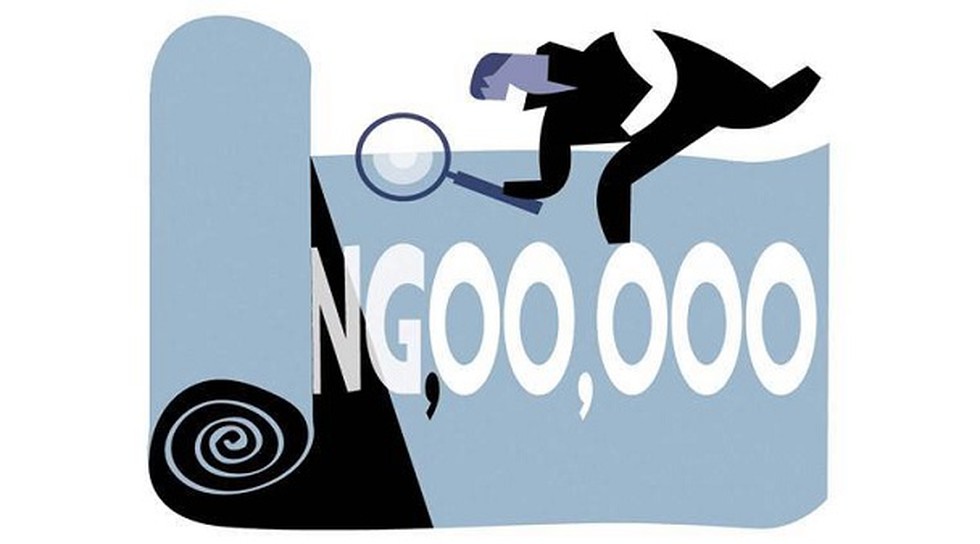
Key highlights of judgement:
- The Supreme Court laid down that NGOs which receive considerable finances from the government or are essentially dependent on the government fall under the category of “public authority” defined in Section 2(h) of the Right to Information (RTI) Act of 2005.
- This means that they have to disclose vital information, ranging from finances to hierarchy to decisions to functioning, to citizens who apply under RTI.
- An NGO may also include societies which are neither owned or controlled by the government, but if they are significantly funded by the government, directly or indirectly, they come under the RTI Act.
- The court defined “substantial” as a “large portion.”
- It does not necessarily have to mean a major portion or more than 50%. Substantial financing can be both direct or indirect.
- g. If government gives land in a city free of cost or on heavy discount to hospitals, educational institutions or any such body, this could also be substantial financing.
- It does not necessarily have to mean a major portion or more than 50%. Substantial financing can be both direct or indirect.
Prelims Pointers
Sept. 18, 2019

About:
- The Bill amends the Public Premises (Eviction of Unauthorised Occupants) Act, 1971.
- This will facilitate smooth and speedy eviction of unauthorized occupants from Government residential accommodations. This is expected to further increase availability of government residential accommodations for eligible persons and reduce the waiting period.
- As per the Amendment Act, the Estate officer will issue short Show cause notice of three days before eviction of the unauthorized occupant from Government accommodation.
- If the person in unauthorised occupation of the residential accommodation challenges the eviction order passed by the estate officer in court, he will be required to pay damages for every month of such occupation.
Background:
- The Public Premises (Eviction of Unauthorised Occupants) Act, 1971 was enacted to provide for eviction of unauthorised occupants from “public premises” and for certain incidental matters.
- Under the existing provisions, the eviction proceedings of unauthorised occupants from "public premises" takes around five to seven weeks’ time. Sometimes, it takes years to evict the unauthorised occupants, especially, if the unauthorised occupant approaches higher courts.
Prelims Pointers
Sept. 18, 2019

About:
- Government of India through Department of Science & Technology, has set up the National Centre for Clean Coal Research and Development (NCCCR&D) as a national level consortium on clean coal R&D, led by the Indian Institute of Science (IISc)-Bengaluru.
- The primary goal is to address several critical R&D challenges towards the development of clean coal technologies, in tandem with developing supercritical power plant technologies, both at the materials and system level.
- The pathways identified for lowering the carbon footprint of coal-based thermal power plants is by shifting towards high efficiency advanced ultra-supercritical (AUSC) steam power plants as well as supercritical carbon dioxide (s-CO2) based Brayton cycle power plants, along with exploration of new combustion and gasification technologies.
- The research in clean coal domain could potentially be game changer for meeting the energy needs of the country in terms of higher efficiency and capacity at lower operating costs and size.
Clean coal technology?
- Clean coal technology is a collection of technologies being developed in attempts to lessen the negative environmental impact of coal energy generation and to mitigate worldwide climate change.
- The term "clean coal" has been applied to many technologies, ranging from wet scrubbers, which remove sulfur dioxide from coal-generated gas, to coal washing, which removes soil and rock from coal before it's sent to a factory.
Prelims Pointers
Sept. 18, 2019

About:
- Interdisciplinary Centre for Energy Research (ICER) is one of the youngest centres at the Indian Institute of Science (IISc)-Bengaluru.
- It is India’s first of its kind centre equipped with state-of-art facilities for conducting wide spectrum of energy research by knowledge network of elite researchers.
- It has been conceived to take up socially relevant research in line with national-level missions of the Government of India, which will directly benefit the people of the nation and the world.
- The Centre hosts faculty members from different departments having diverse engineering and science backgrounds, pursuing cutting-edge research in the broad area of energy.
Prelims Pointers
Sept. 18, 2019
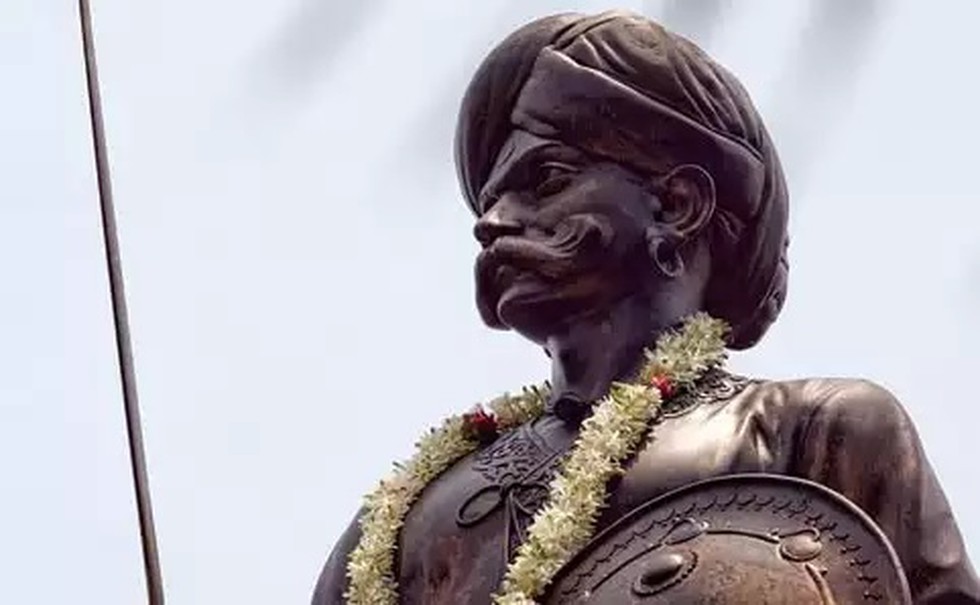
About:
- Name: Nadaprabhu Hiriya Kempe Gowda (1510 - 1569) is also known as Kempe Gowda.
- Who was he? He was an Indian ruler under the Vijayanagara Empire.
- Contributions:
- The city of Bengaluru, capital of Karnataka, was founded by Kempe Gowda in 1537. He was successful in planning and building Bengaluru Fort and Bengaluru Pete, the foundation of Bengaluru.
- He is also noted for his societal reforms and contribution to building temples and water reservoirs in Bengaluru.
- One of his social reforms was to prohibit the custom of amputating the last two fingers of the left hand of the unmarried women during "Bandi Devaru", an important custom of Morasu Vokkaligas.
- He was a patron of art and learning.
- The city of Bengaluru, capital of Karnataka, was founded by Kempe Gowda in 1537. He was successful in planning and building Bengaluru Fort and Bengaluru Pete, the foundation of Bengaluru.
- Legacy:
- He is a political icon for the dominant agricultural Vokkaliga community in south Karnataka.
- Bengaluru’s airport is known as the Kempegowda International Airport, the main bus stand is the Kempegowda Bus Stand, a main arterial road in the old city is the K G Road or the Kempegowda Road.
- He is a political icon for the dominant agricultural Vokkaliga community in south Karnataka.
Prelims Pointers
Sept. 18, 2019

About:
- ARPIT is a major and unique initiative of online professional development of 1.5 million higher education faculty using the MOOCs platform SWAYAM.
- For implementing ARPIT, discipline-specific National Resource Centers (NRCs) are identified which are tasked to prepare online training material with focus on latest developments in the discipline, new & emerging trends, pedagogical improvements and methodologies for transacting revised curriculum.
- Following Institutions have been notified as NRCs: Centers under the Ministry’s Pandit Madan Mohan Malviya National Mission on Teachers and Teaching (PMMMNMTT) located in Central Universities, IISc, IUCAA, IITs, IISERs, NITs, State Universities; UGC’s Human Resource Development Centres(HRDCs), NITTTRs, IIITs etc.
- Through ARPIT all in-service teachers, irrespective of their subject and seniority have been given an enabling opportunity to keep abreast of the latest developments in their disciplines through the technology based online refresher courses.
Prelims Pointers
Sept. 18, 2019

About:
- Leadership for Academicians Programme (LEAP) is a three weeks leadership development training programme (2 weeks domestic and one week foreign training) for second level academic functionaries in public funded higher education institutions.
- The main objective is to prepare second tier academic heads that are potentially likely to assume leadership roles in the future.
- LEAP is being implemented through the following 15 higher education institutions (HEIs) institutions like Indian Institute of Technology Kharagpur, Indian Institute of Technology Kanpur, Banaras Hindu University, Jamia Miliia Islamia etc.
- The mandatory eligibility conditions are: minimum 8 years of experience as Professor; 3 years administrative experience; Impeccable Integrity; High academic standing preferably 30 publications in 'SCOPUS' indexed international journals or UGC approved journals; and age below 58 years.
Prelims Pointers
Sept. 18, 2019
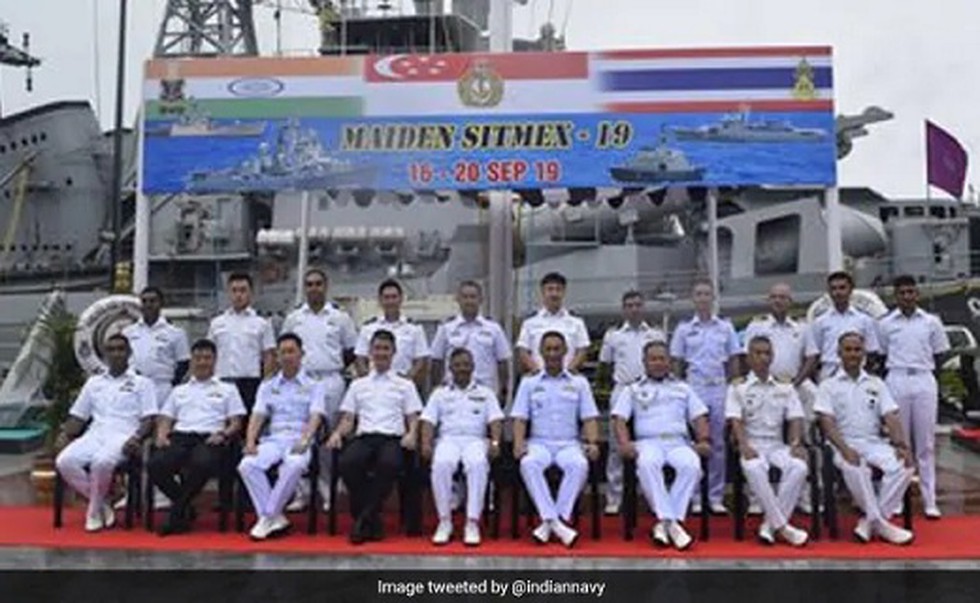
About:
- The five-day-long exercise is aimed at bolstering the maritime inter-relationships amongst navies of Singapore Thailand and India, and contribute to enhancing the overall maritime security in the region.
- The exercise was announced by Prime Minister Narendra Modi during his address at Shangri-La dialogue in June 2018.
- Malaysia has also evinced interest in joining the exercise.
Prelims Pointers
Sept. 18, 2019
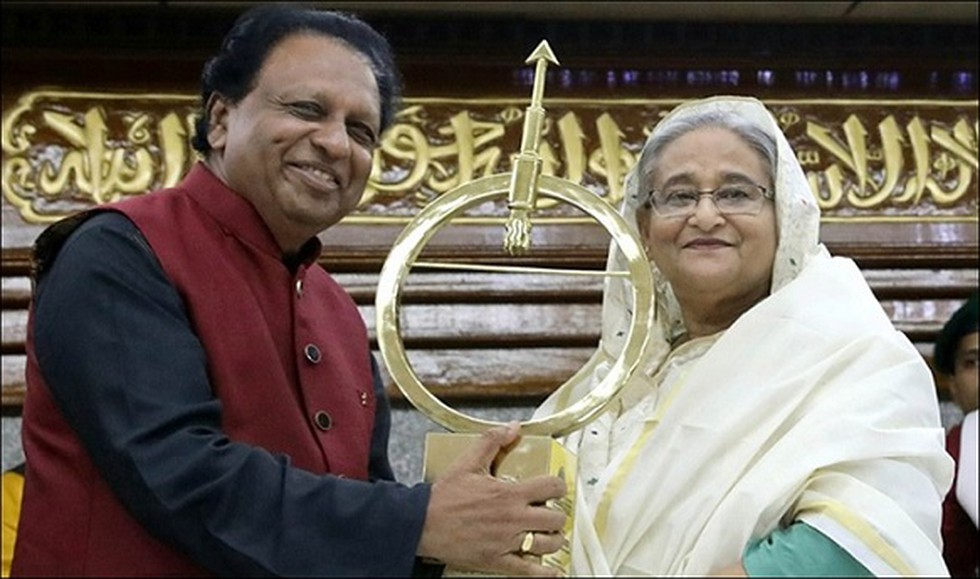
About:
- The award has been instituted in the memory of former Indian President Dr. A.P.J. Abdul Kalam.
- The award is given every year to honour statesmen or leaders who have shown excellence in their fields to achieve the best for their countries.
- Earlier, the Presidents of the Maldives, Ghana and Mauritius received the prestigious award since its introduction in 2015.
- It is presented by Dale View, a non-governmental organisation registered under the Charitable Societies Act. It was created in 1978 in Kerala to bring about socio-economic development to rural areas through education.
Prelims Pointers
Sept. 18, 2019
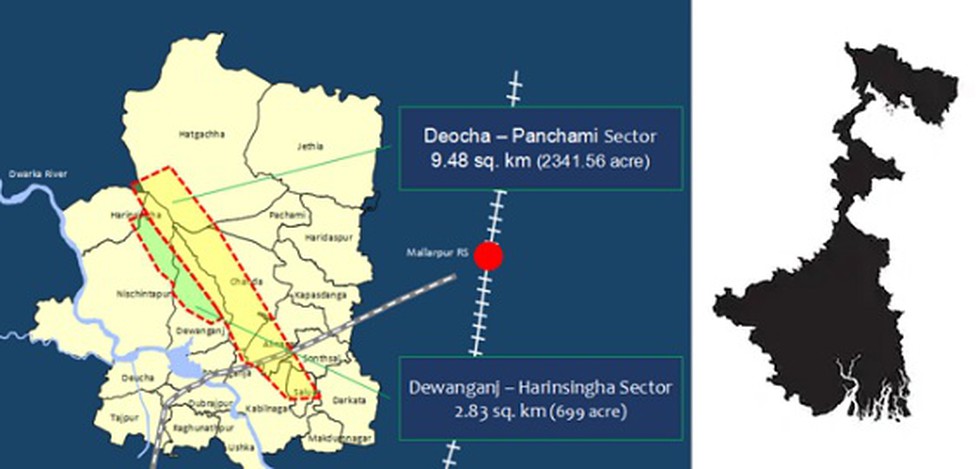
About:
- In accordance with the provisions of Coal Block Allocation Rules, 2017, made under the Mines and Minerals (Development and Regulations) Act, 1957, the WBPDCL has been allocated the Deocha Pachami Dewanganj - Harinsingha coal block.
- located in the State of West Bengal containing
- Deocha Pachami Harinsingha Dewanganj coal mines is located in Birbhum district, West Bengal.
- With an area of 12.28 sq. km. with estimated reserves of 2102 Million Tonnes for generation of power, it is the second largest coal mine in the world.
Sept. 17, 2019
Prelims Pointers
Sept. 17, 2019
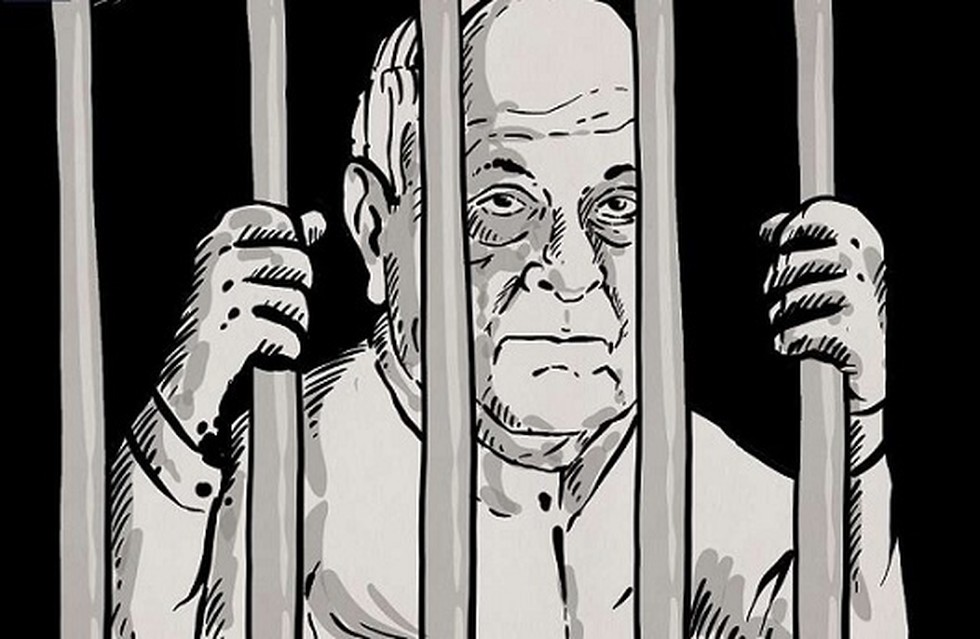
About:
- Background: The Jammu and Kashmir Public Safety Act (PSA) received the assent of the J&K Governor in 1978. The Act was introduced by the government of Sheikh Abdullah as a tough law to prevent the smuggling of timber and keep the smugglers “out of circulation”.
- Salient features:
- The law allowed the government to detain any person above the age of 16 without trial for a period of two years “in the case of persons acting in any manner prejudicial to the security of the State.”
- In August 2018, the Act was amended to allow individuals to be detained under the PSA outside the state as well.
- Detention orders under PSA can be issued by Divisional Commissioners or District Magistrates. The detaining authority need not disclose any facts about the detention “which it considers to be against the public interest to disclose”.
- It provides protection from prosecution or any other legal proceeding for any action taken “in good faith” under the Act.
- The law allowed the government to detain any person above the age of 16 without trial for a period of two years “in the case of persons acting in any manner prejudicial to the security of the State.”
- Criticism: The J&K PSA is often referred to as a “draconian” law. right from the beginning, the law was misused widely, and was repeatedly employed against political opponents by consecutive governments until 1990. After the emergence of militancy, the J&K government frequently invoked the PSA to crack down on separatists.
Prelims Pointers
Sept. 17, 2019
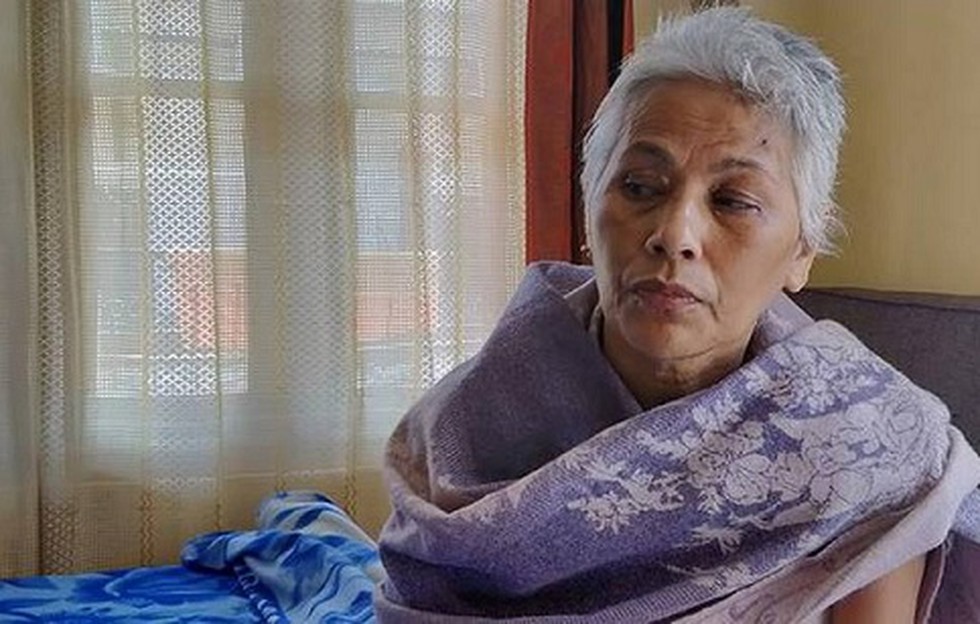
About:
- The International Hrant Dink Award commemorates the memory of Turkish-Armenian journalist Hrant Dink, who was killed in 2007.
- Since 2009, the Hrant Dink Award is presented annually by the Hrant Dink Foundation on Hrant Dink's birthday.
- The award is presented to individuals, organisations or groups that work for a world free from discrimination, racism and violence, and who take personal risks for achieving those ideals.
Agnes Kharshiing?
- Meghalaya-based rights activist Agnes Kharshiing, often referred to as the “woman who chases trucks ferrying illegally-mined coal”, was assaulted in November, 2018, by a coal mafia mob during one of her many “surveillance” trips to Meghalaya’s East Jaintia Hills.
- She was in coma for more than a week and was discharged from hospital after three months.
Prelims Pointers
Sept. 17, 2019
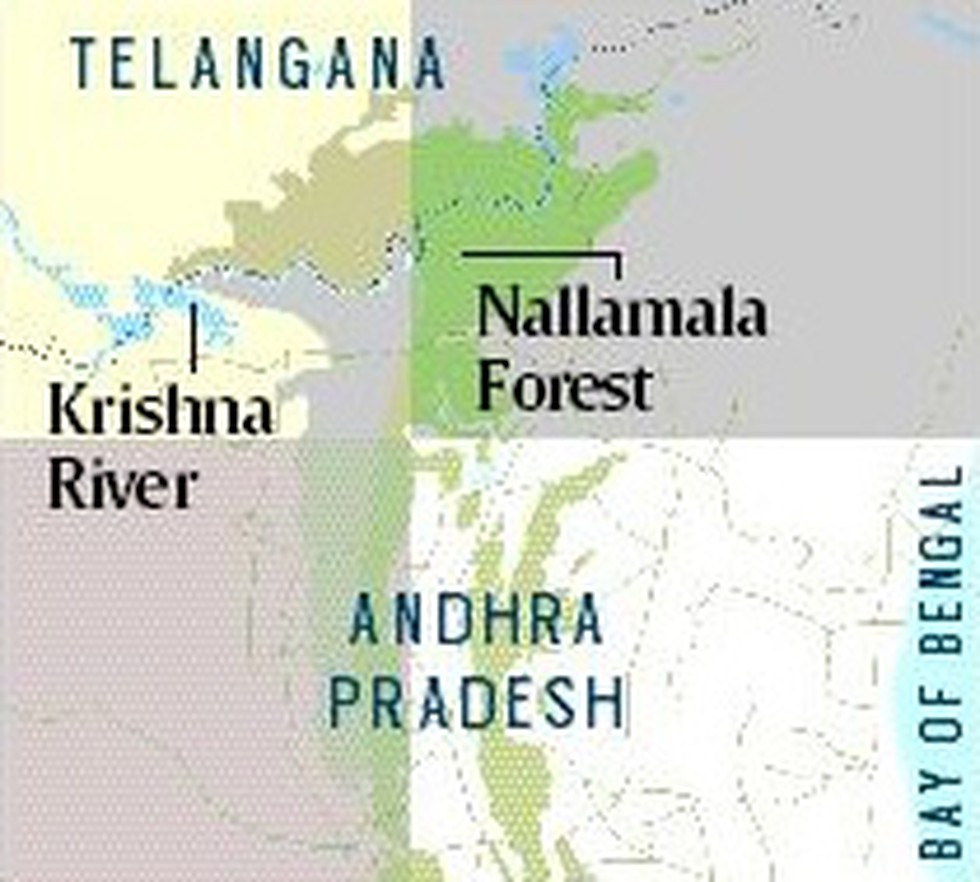
About:
- The Assembly urged the Central Government to withdraw proposal of Uranium mining in Nallamala Forest in view of the possible threat to the habitation and biodiversity in and around Nallamala due to mining besides public fears of air and water pollution due to Uranium mining.
- It said that the proposed exploration may contaminate Krishna river on which Hyderabad depends for drinking water.
- It will also effect Chenchu tribals, who live in the Amrabad forests spread over Telangana’s Mahbubnagar and Nalgonda district.
- On May 22, 2019, the Union Ministry of Environment had granted in-principle approval to the Department of Atomic Energy to survey and explore for uranium in 83 sq km of the Amrabad Tiger Reserve.
Prelims Pointers
Sept. 17, 2019
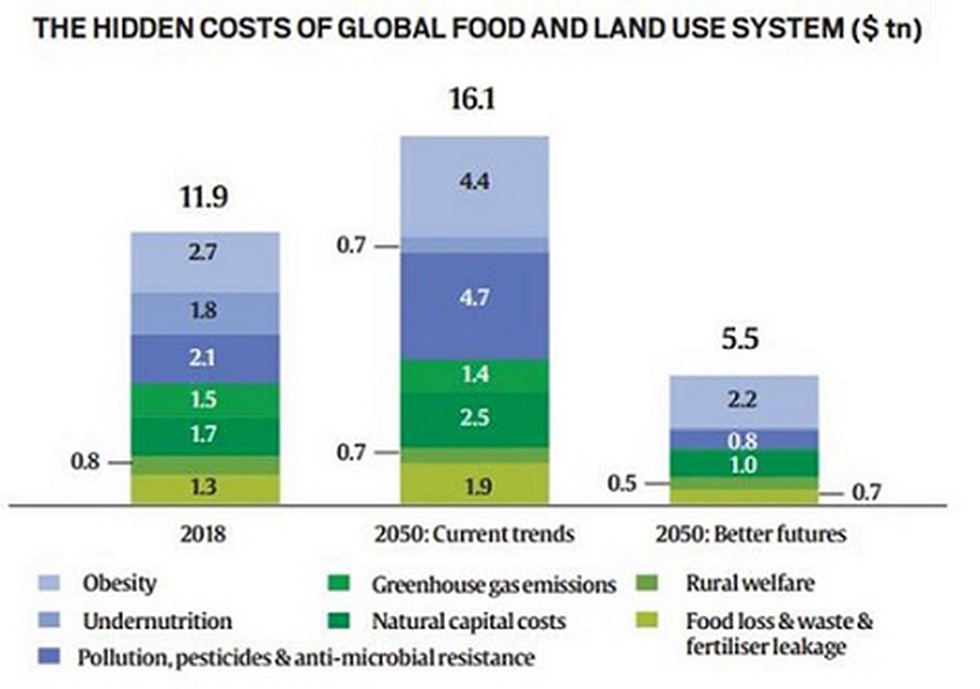
Global Findings:
- Name of report: “Growing Better: Ten Critical Transitions to Transform Food and Land Use.”
- The “hidden cost” i.e. the damage that the modern food industry does to human health, development and the environment costs to the world is $12 trillion a year — equivalent to China’s GDP.
- Global over-dependence on a relatively small number of staple foods leaves populations vulnerable to crop failures, with climate change adding to the strain.
- The report proposes a series of solutions, from encouraging more diverse diets to improve health and reduce dependency on specific crops, to giving more support to the types of farming that can restore forests, a key tool in fighting climate change.
Findings on India:
- India has 4 per cent of global freshwater resources to support 19 per cent of the world’s population. Some 80 per cent of water in India goes to agriculture, primarily from groundwater sources, which is unsustainable.
- Existing government policies – EatRight Movement of the FSSAI in 2017, the National Food Security Act of 2013 and the Zero Budget Natural Farming programme in Andhra Pradesh – already address critical transitions that the new report recommends.
Prelims Pointers
Sept. 17, 2019
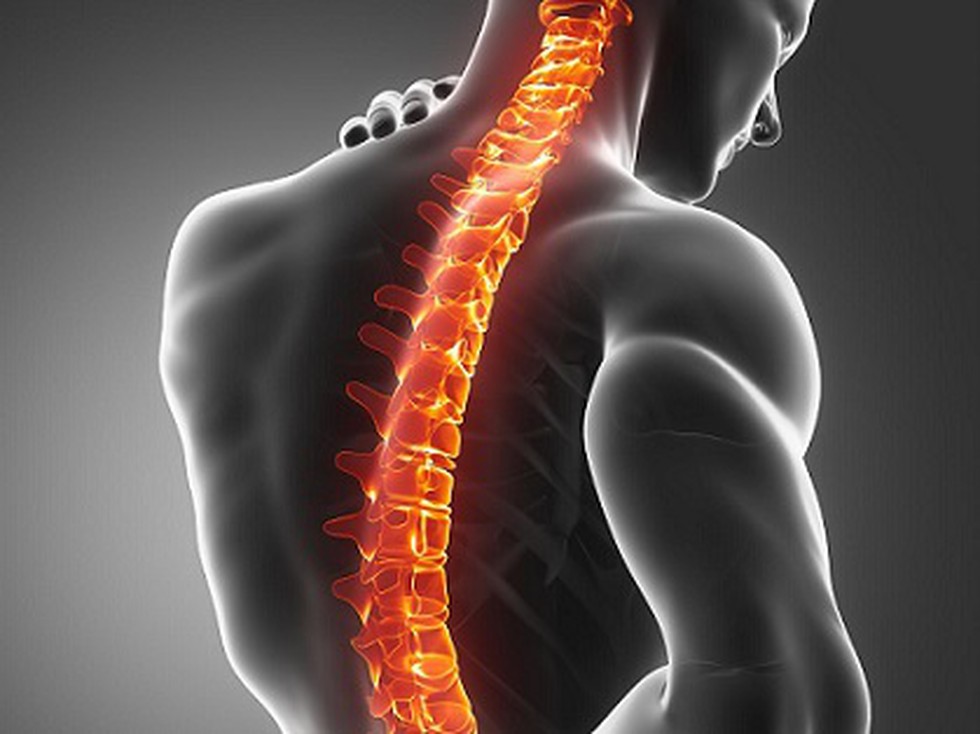
About:
- ‘Yank’ is a proposed new term for changes in force over time, so that scientists can study muscle behaviour better.
- ‘Yank’ could be useful in understanding spasticity, a common muscle impairment in multiple sclerosis, spinal cord injury, stroke and cerebral palsy.
- The objective is to quantify something that our muscles and nerves can feel and respond to.
Prelims Pointers
Sept. 17, 2019
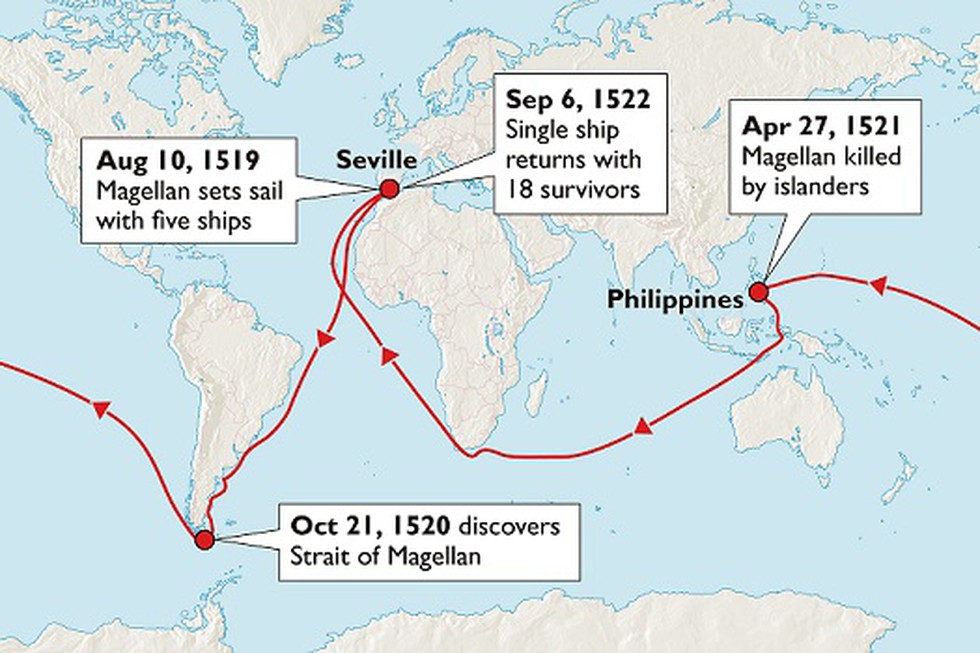
About:
- Ferdinand Magellan (1480 – 1521) was a Portuguese explorer who organised the Spanish expedition to the East Indies from 1519 to 1522, resulting in the first circumnavigation of the Earth, completed by Juan Sebastián Elcano.
Journey:
- After a quarrel with the Portuguese king, Ferdinand Magellan enlisted the support of Spain’s king Charles I for an expedition to reach the Moluccas by sailing westwards.
- The Spanish wanted a share in the valuable spice trade from the Moluccas, but the Portuguese controlled the eastward route around southern Africa.
- On September 20, 1519, Magellan set out with a fleet of five vessels. Magellan successfully crossed the Atlantic and eventually navigated through the strait at the southern point of South America which was later named after him (Strait of Magellan).
- The three remaining ships crossed the Pacific Ocean in a northwesterly arc and finally reached the Philippines in March 1521, the first Europeans ever to set foot there. Within weeks Magellan was killed after becoming involved in a Battle of Mactan between two rival local chieftains.
- The Victoria, the only remaining ship from the original fleet, eventually returned to Spain in September 1522 under the command of Juan Sebastian Elcano, having completed the first ever circumnavigation of the globe.
Prelims Pointers
Sept. 17, 2019

About:
- The National Anti-microbial Resistance Hub has been developed by the Indian Council of Medical Research (ICMR), in association with the U.S. Department of Health and Human Services.
- The AMR hub will aim to identify antibiotics that work best for diseases and frame a policy for antibiotic use that will prevent resistance. It will carry out basic research and have a repository of viral strains that are being collected from all over the country.
- The Kolkata centre would be the hub for research on antibiotic resistance not only for the country but for the entire South Asia.
Prelims Pointers
Sept. 17, 2019
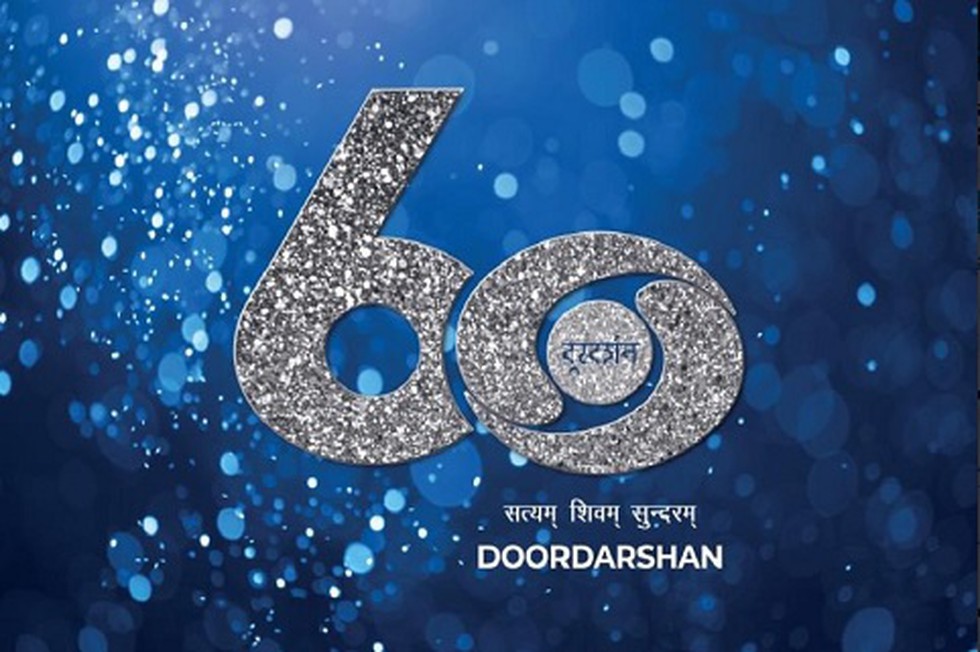
Key facts:
- Doordarshan (abbreviated as DD) is an autonomous public service broadcaster founded by the Government of India, owned by the Broadcasting Ministry of India and one of Prasar Bharati's two divisions.
- Headquarters: New Delhi.
- Motto: Satyam Shivam Sundaram.
- Established in: 1959.
- Doordarshan, which began as an experiment in 1959 in Delhi, became a service in 1965.
- By 1972, services were extended to Mumbai and Amritsar and then to seven other cities by 1975.
- All this time, it was part of the national broadcaster, All India Radio. On April 1, 1976, it transited to become a separate department in the Ministry of Information and Broadcasting.
- Doordarshan, which began as an experiment in 1959 in Delhi, became a service in 1965.
Legacy:
- Doordarshan has served people as a major source of information, education and entertainment.
- Shows like Chitrahaar, Mahabharat, Dekh Bhai Dekh, Fauji, Malgudi Days, among others, captured the imagination of the Indian public in the late 80s and early 90s, and still remains etched in people's minds as pure entertainment that brought people together.
- Over the years, Doordarshan has grown into a network operating 34 satellite channels, besides providing free-to-air DTH service having 104 in its bookings. Today, over 90 percent of Indian population receive DD programmes.
- Director General, Doordarshan, said, Doordarshan is in the DNA of India.
Prelims Pointers
Sept. 17, 2019
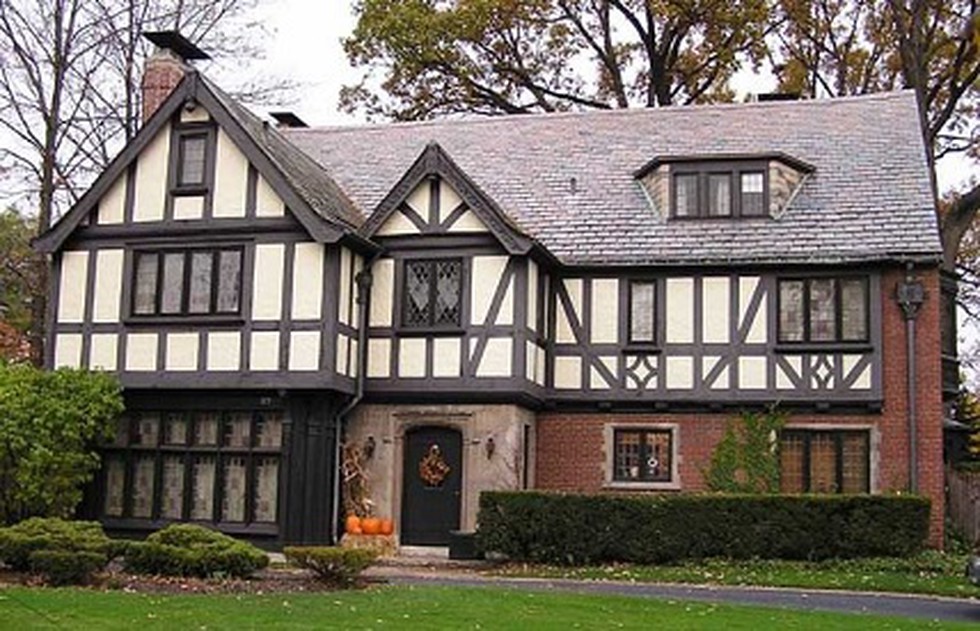
Jayakar Bungalow:
- The bungalow, situated inside the campus of National Film Archives of India (NFAI), Pune, comprises digital library, three film review rooms, and some antique articles of value.
- This grade I heritage structure was built in 1945.
- It has a distinct Tudor style of architecture which is mostly found in Great Britain, one of its kind in Pune.
- It was once home to Mukundrao Ramrao Jayakar, a barrister and the first vice-chancellor of the University of Pune. It was then acquired by the Indian law society, before it was handed over to the Archives.
Tudor architecture style?
- Tudor architecture is a style of architecture that developed in England between 1485 and 1558.
- Tudor architecture gained its name from the fact that it developed during the first part of the reign of Tudor monarchs, including Henry VII and Henry VIII.
- It was a transitional style, mixing elements of Renaissance architecture with a Gothic style found mostly in England called Perpendicular Gothic because it emphasized vertical lines.
- The characteristic that became most associated with the Tudor style was 'black and white' construction. Black and white meant half-timber houses with white-washed wall segments between the dark timbers.
Prelims Pointers
Sept. 17, 2019

About:
- He was an Indian engineer, scholar, statesman and the Diwan of Mysore from 1912 to 1918.
- He was the chief engineer responsible for the construction of the Krishna Raja Sagara dam in Mandya district.
- He was also the chief designer of the flood protection system for the city of Hyderabad.
- Honours:
- In 1915, He was knighted as a Knight Commander of the British Indian Empire (KCIE) by King George V for his contributions to the public good.
- He received Bharat Ratna, in 1955.
- He is held in high regard as a pre-eminent engineer of India. 15 September is celebrated as Engineer's Day in India in his memory.
- In 1915, He was knighted as a Knight Commander of the British Indian Empire (KCIE) by King George V for his contributions to the public good.
Sept. 16, 2019
Prelims Pointers
Sept. 16, 2019
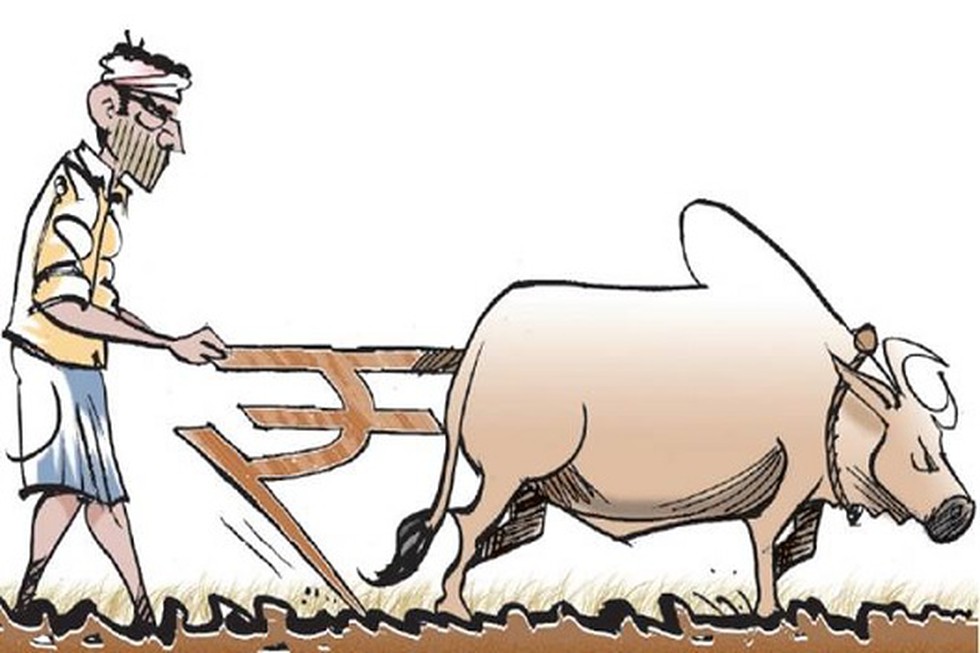
Key recommendations:
- The Indian Banks’ Association (IBA) should introduce a web portal on the lines of PSB Loans in 59 Minutes to allow quicker credit access for the agriculture sector. The Centre launched the portal in November 2018 to provide loans of up to ₹1 crore to MSMEs in less than an hour.
- State governments having a highly restrictive legal framework should be encouraged to reform it on basis of Model Land Leasing Act proposed by NITI Aayog or the Land Licensed Cultivators’ Act, 2011 of Andhra Pradesh to improve formal lending to tenant farmers.
- The government should set up a federal institution, on the lines of goods and services tax (GST) Council to suggest and implement reforms in the field of agriculture.
- Banks should be allowed to give consumption loans to farmers upto a sanctioned limit of ₹0.1 million under Priority Sector Lending (PSL) on certain conditions. However, such loans will not classify for PSL-Agri.
- GoI and state governments should evaluate the effectiveness of current subsidy policies with regard to agri inputs and credit so as to improve viability of agriculture in a sustainable manner. In view of the above stated, loan waivers should be avoided.
- At present there is no database of the Indian agriculture sector. Thus, GoI with the help of state governments should develop a centralised database for agriculture capturing details related to crops cultivated, cropping pattern, output, sown/irrigated area, health of soil, natural calamity.
- GoI in partnership with state governments should set up a credit guarantee fund for the agriculture sector on the lines of credit guarantee schemes implemented in the MSME sector to cover the default risk of the borrowers.
The report said that commercial banks contributed the majority share (78-80%) in agricultural and allied credit; the share of all co-operative banks constituted 15-16% and the regional rural banks (RRBs) contributed the remaining of the agricultural credit.
Prelims Pointers
Sept. 16, 2019

About:
- The Committee was chaired by Dr. Harsh Vardhan, Senior Advisor, Bain & Co.
- The Terms of Reference of the Committee were to review the existing state of mortgage securitisation market in India and make recommendations to address various issues relating to originators/investors as well as market microstructure.
The key recommendations of the Committee are as follows:
- setting up of a government sponsored intermediary, through the National Housing Bank, to enable market making and standard setting;
- developing standards for loan origination, loan servicing, loan documentation, and loans to be eligible for securitisation, including standardised formats for data collection and aggregation;
- separation of regulatory guidelines for direct assignment transactions and transactions involving pass through certificates as well as for mortgage backed securities (MBS) and asset backed securities (ABS);
- relaxation of regulatory norms for minimum holding period (MHP) and minimum retention requirement (MRR) for mortgage backed securities (MBS);
- amendments for registration and stamp duty requirements and tax guidelines to reduce the transaction costs for securitisation;
- treating the assets underlying a securitisation transaction as bankruptcy remote under the insolvency laws for financial firms;
Prelims Pointers
Sept. 16, 2019
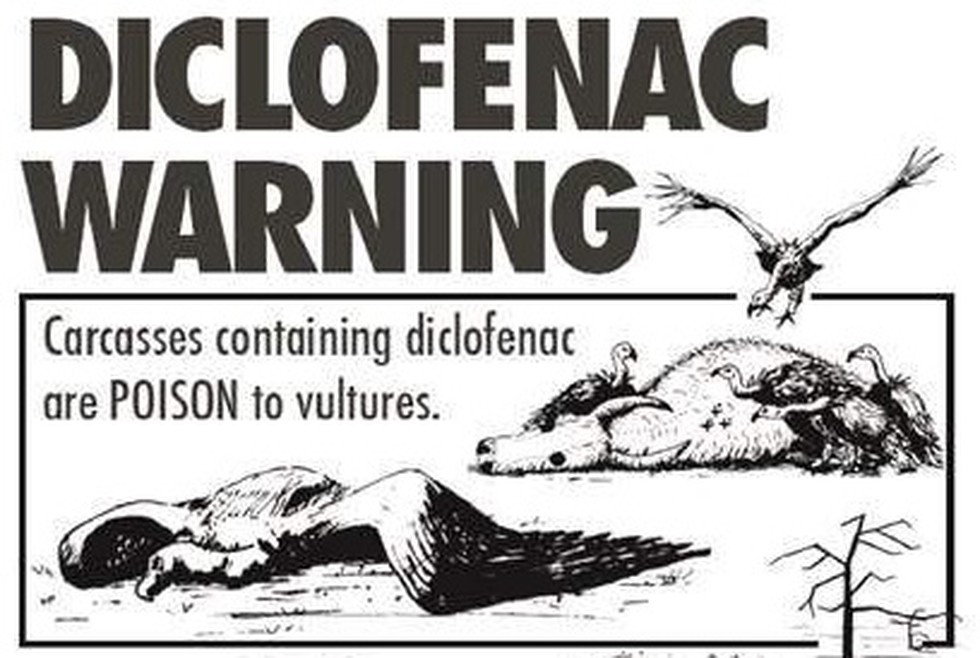
Background:
- The population of the vultures in the country declined sharply from 40 million in the 80s to a few thousand by 2009.
- The major reason behind the vulture population getting nearly wiped out was the drug Diclofenac, found in the carcass of cattle the vultures fed on. The drug, whose veterinary use was banned in 2008, was commonly administered to cattle to treat inflammation.
Vulture Conservation And Breeding Centres (VCBC):
- To study the cause of deaths of vultures, a Vulture Care Centre (VCC) was set up at Pinjore, Haryana in 2004. At present there are nine Vulture Conservation and Breeding Centres (VCBC) in India, of which three are directly administered by Bombay Natural History Society (BNHS).
- The objective of the VCBCs is not only to look after the vultures and breed them in captivity, but also to release them into the wild.
- The total number of vultures in these VCBCs is now more than 700. The three endangered species of vultures bred in the VCBC are the White-backed, Long-billed and the Slender-billed vulture.
Prelims Pointers
Sept. 16, 2019
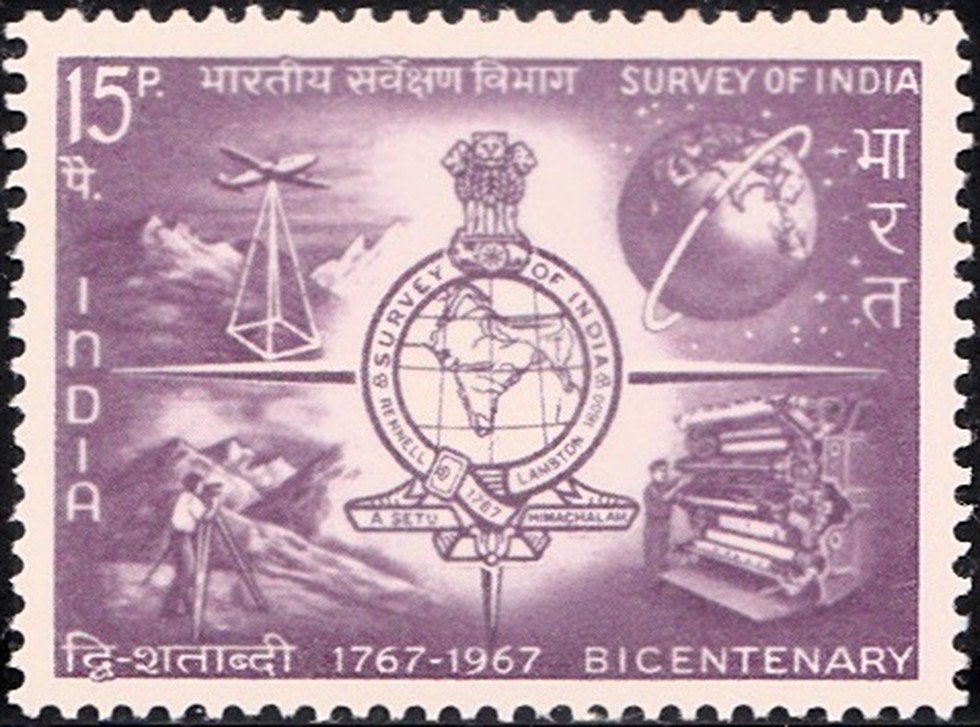
About:
- Survey of India will deploy 300 drones for mapping country.
- Currently the best SoI maps have a resolution of 1:250000, meaning a 1 cm on the map represents 2500 cm on the ground. The new maps being prepared will be of 1:500 resolution, meaning 1 cm will represent 500 cm.
- The aim is to map 75% of India’s geography— about 2.4 million sq km of the 3.2 million sq km — within the next two years. Other than unprecedented detail, High-resolution maps will facilitate digitisation of land titles in villages.
- What is it? Survey of India is the National Survey and Mapping Organization of the country.
- Functions: it has the responsibility to ensure that the country's domain is explored and mapped suitably. It also provides base maps for expeditious and integrated development.
- Parent Body: It is under the Department of Science & Technology.
- Background: It is the oldest scientific department of the Govt. of India. It was set up in 1767.
- Headquarters: Dehradun, Uttarakhand.
Prelims Pointers
Sept. 16, 2019
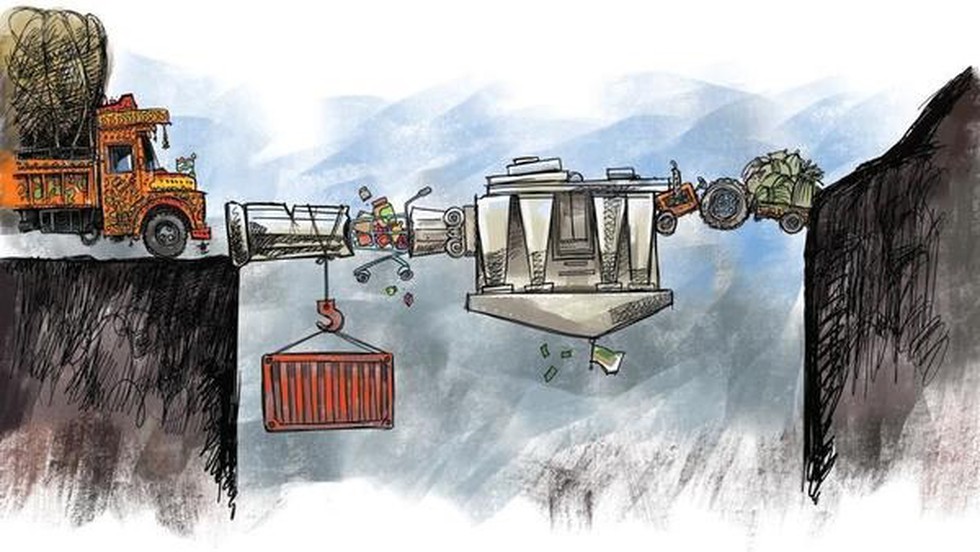
Measures to boost exports:
- The government will provide a 10,000 crore rupees special window with an aim to help complete ongoing affordable and middle-income housing projects.
- The housing projects considered for the special window have been limited to non-NPA (Non-Performing Assets) and non-NCLT (National Company Law Tribunal) projects.
Measures to boost housing sector:
- The other key incentives include extending the scheme of reimbursement of taxes and duties for export promotion, fully automated electronic refund for Input Tax Credits (ITC) in GST.
- An inter-ministerial group will be set up under the department of commerce to monitor export finance credit on a weekly basis.
- The scheme for Remission of Duties or Taxes on Export Product (RoDTEP) will replace Merchandise Exports from India Scheme (MEIS) for textiles. Textile and all other sectors which currently enjoy incentives up to 2 % over MEIS will transit into RoDTEP from January 1, 2020.
- The Export Credit Guarantee Corporation (ECGC) will expand the scope of export credit insurance service (ECIS) and will offer higher insurance cover to banks lending working capital for exports.
- India will now have its own version of an annual shopping festival on the lines of the one hosted by Dubai. This annual shopping festival, likely to begin from March 2020, will be held in four Indian cities and the focus areas would include gems and jewellery, textiles and leather.
- A provision for higher insurance cover on exports by MSMEs was also announced.
- The government will also set up an FTA Utilisation Mission headed by a senior officer in the Department of Commerce to maximise benefits available under Free Trade Agreements (FTAs).
- Priority sector tag for export credit was also announced.
Prelims Pointers
Sept. 16, 2019
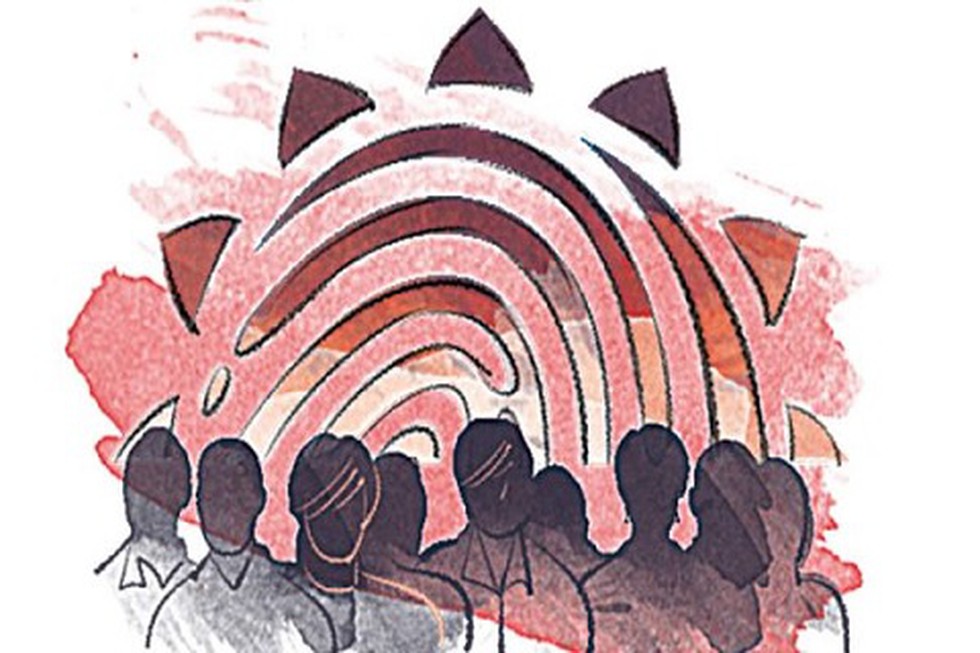
About:
- Under the new rule, those who do not prefer Aadhaar authentication, can go for physical verification, which will be carried out in three days.
- Currently, Aadhaar authentication is optional and no physical verification is required.
- The decision was taken after noticing in the last two years that there is a good number of fly-by-
- night operators or ghost traders, who make fake invoices.
Goods And Services Tax (GST) Network?
- GSTN has been jointly registered by the Central and State Governments as a not-for-profit Company under Section 8 of the Companies act, 2013 (under new companies Act, not for profit companies are governed under section 8).
- It was incorporated in
- It has been set up primarily to provide IT infrastructure and services to the Central and State Governments, tax payers and other stakeholders for implementation of the GST.
- The restructured GSTN, with 100% government ownership has equity structure between the Centre (50%) and the States (50%).
Prelims Pointers
Sept. 16, 2019
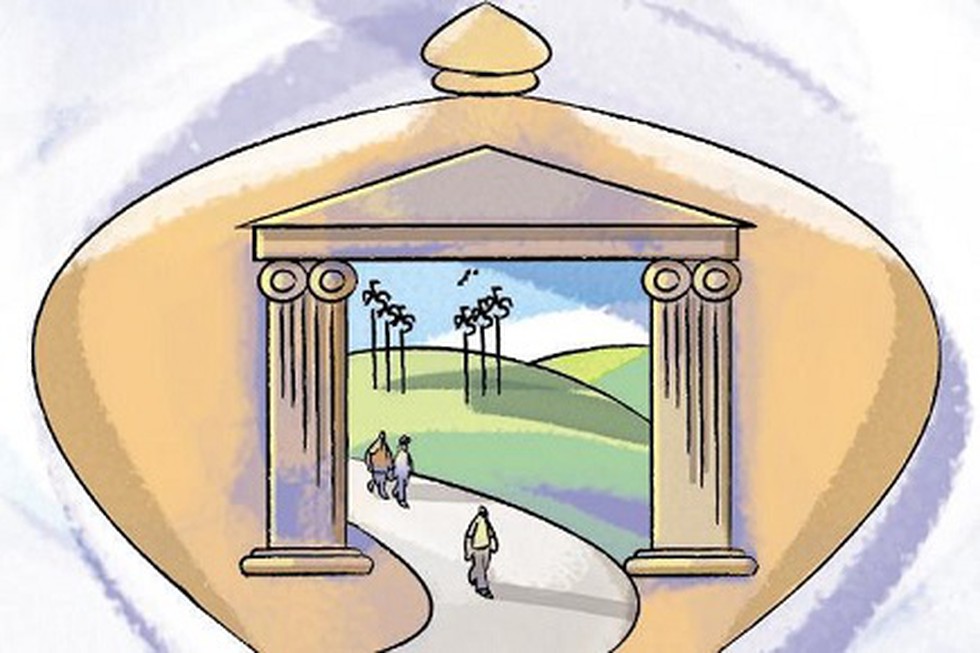
About:
- According to the extant 'Large Exposures Framework (LEF)', banks' exposure to a single non-banking financial company (NBFC) is restricted to 15% of their available eligible capital base, while general single counter-party exposure limit is 20%, which can be extended to 25% by banks' boards under exceptional circumstances.
- Now, it has been decided that a bank's exposure to a single NBFC (excluding gold loan companies) will be restricted to 20% of that bank's eligible capital base.
Comment:
- The government on its part has also been taking steps to increase liquidity in the NBFC sector, which was hit after default by IL&FS Group.
- The liquidity crunch in the NBFC sector has hit the retail loan segment in the country leading to slowdown in key consumer sector lending.
Prelims Pointers
Sept. 16, 2019
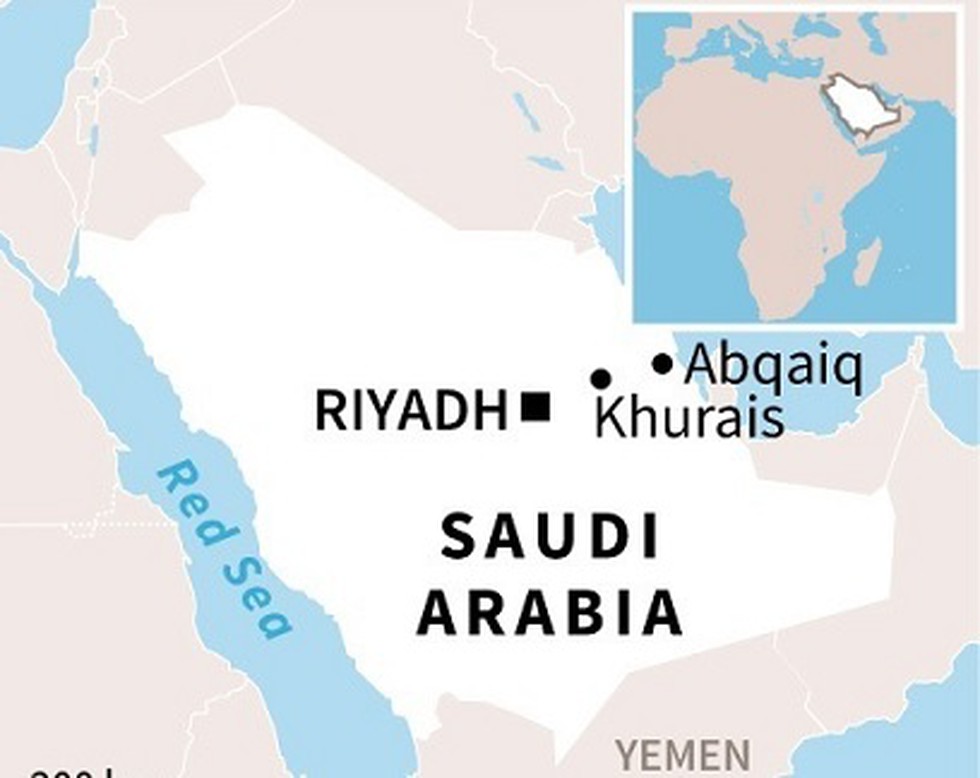
About:
- Abqaiq oil processing facility, operated by Saudi Aramco in Buqyaq, Saudi Arabia is the world's largest oil processing facility.
- The attacks have impacted Saudi Arabia’s oil production and exports, and in turn the global oil market. The attack has cut output by 5.7 million barrels per day. That is close to half of the kingdom’s output, and 5% of global oil supply.
- Saudi Arabia, the world’s top oil exporter, ships more than 7 million barrels of oil to global destinations every day. The output cut is expected to send oil prices up $3-$5 per barrel.
Prelims Pointers
Sept. 16, 2019

About:
- The commerce Ministry said that no compulsory licence would be required for manufacturers of goods, barring four segments namely:
- Cigars and Cigarettes of tobacco and manufactured tobacco substitutes
- Electronic aerospace and defence equipment
- Industrial Explosives
- Hazardous chemicals
- Cigars and Cigarettes of tobacco and manufactured tobacco substitutes
- Also, no industrial/arms licence is required for the manufacturer of any parts or accessories in the defence sector, unless specifically listed for procuring licences.
Background:
- Earlier this year, the ministry had proposed to simplify filing procedure for industrial entrepreneur memorandums (IEMs) and said the requirement of filing IEMs at two stages stood dispensed with for all the businesses that didn’t then require an industrial licence.
- The two stages of IEMs were intent and implementation.
- As per the DPIIT’s annual report, all units that are exempted from obtaining an industrial licence and those who invest more than Rs 10 crore in plant and machinery (Rs 5 crore for the services sector) are required to file an IEM with the government.
Prelims Pointers
Sept. 16, 2019
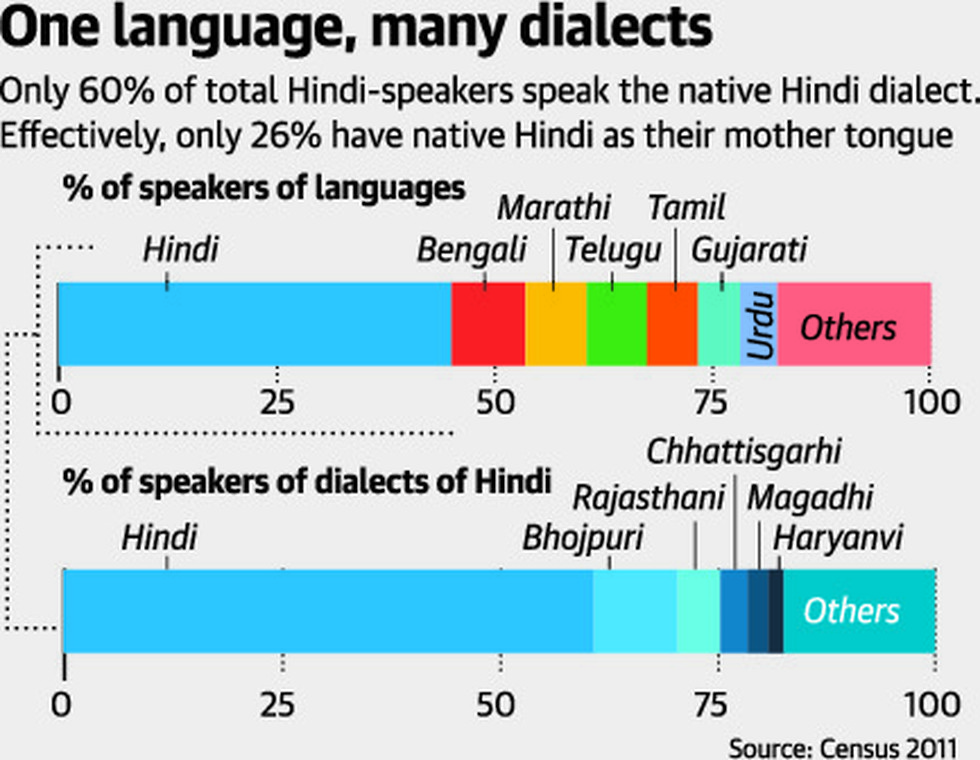
About:
- Hindi Divas is an annual day celebrated on 14 September because Hindi language was first adopted by the Constituent Assembly of India as the official language of India on September 14, 1949.
- It is mostly a government sponsored event in Central government of India offices, firms, schools and other institutions which aims to promote Hindi language. It is celebrated by organizing feasts, events & competitions.
- Rajbhasha Awards, introduced in 2015 are also conferred upon on this day by Union Home Ministry.
Rajbhasa Kirti Puraskar:
- It is given for outstanding work in promoting the progressive use of official language to Ministries, Departments, Public Sector Undertakings, banks and in-house Hindi magazines.
Rajbhasha Gaurav Puraskar:
It comprises following three awards:
- Rajbhasha Gaurav Puraskar to Citizens of India for writing original book in Hindi on knowledge and science-based subjects.
- Rajbhasha Gaurav Puraskar to Central Government Employees (including retired one) for writing original book in Hindi.
- Rajbhasha Gaurav Puraskar to Central Government Employees (including retired one) for writing excellent article in Hindi.
Sept. 15, 2019
Prelims Pointers
Sept. 15, 2019
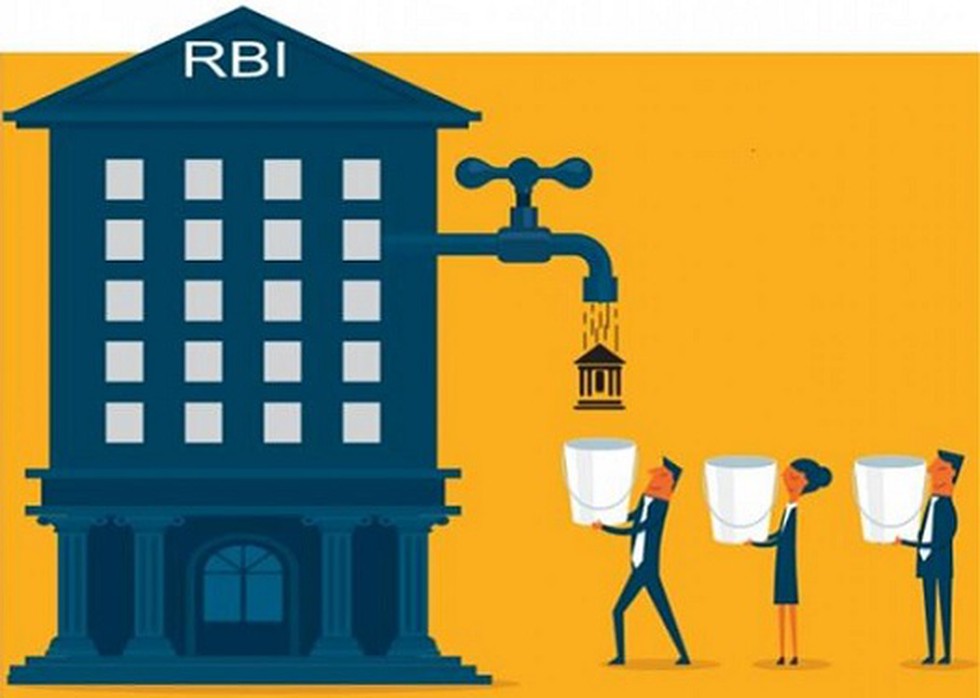
Salient features of Draft Guidelines:
- Registration and licensing: The SFB shall be registered as a public limited company under the Companies Act, 2013. It will be governed by the provisions of the Banking Regulation Act, 1949 and Reserve Bank of India Act, 1934.
- Status: The small finance banks will be given scheduled bank status once they commence their operations.
- Eligibility Criteria:
- Existing NBFCs, micro finance institutions and local area banks in the private sector, which are controlled by residents, can opt for conversion into small finance banks.
- Proposals from public sector entities and large industrial house/business groups, and autonomous boards/bodies will not be entertained.
- Existing NBFCs, micro finance institutions and local area banks in the private sector, which are controlled by residents, can opt for conversion into small finance banks.
- Capital requirement:
- The minimum paid-up voting equity capital for small finance banks shall be Rs.200 crore, except for such small finance banks which are converted from UCBs.
- An SFB shall be required to maintain a minimum capital adequacy ratio of 15 per cent of its risk weighted assets (RWA) on a continuous basis.
- The minimum paid-up voting equity capital for small finance banks shall be Rs.200 crore, except for such small finance banks which are converted from UCBs.
- Promoters’ contribution: The promoters should hold a minimum of 40 per cent of the paid-up voting equity capital of the bank, which would remain locked in for five years from the date of commencement of the bank's business.
- Listing of shares: After the SFB reaches the net worth of Rs 500 crore, listing will be mandatory within three years of reaching that net worth. Also, SFBs having net worth of below Rs 500 crore could also get their shares listed voluntarily, subject to fulfilment of the requirements of the capital markets regulator.
- Foreign shareholding: The foreign shareholding in the small finance bank would be as per the extant Foreign Direct Investment (FDI) policy for private sector banks.
Terminologies:
- A Small Finance Banks (SFB) is set up to undertake basic banking activities of acceptance of deposits and lending to unserved and underserved sections. The RBI had issued the guidelines for licensing of SFBs in the private sector in 2014. The process of licensing culminated in granting in-principle approval to 10 applicants and they have since established the banks.
- An ‘on-tap’ facility would mean the RBI will accept applications and grant license for banks throughout the year, at any time, subject to the fulfilment of the set conditions.
Prelims Pointers
Sept. 15, 2019

About:
- What is it? Central Equipment Identity Register (CEIR) is a database of International Mobile Equipment Identities (IMEIs), the 15-digit numbers that uniquely identify each mobile device.
- Objective: It is being launched to curtail the rampant cloning and theft of mobile phones across the country.
- Objectives of India’s CEIR: Curtailment of counterfeit mobiles, blocking of lost or stolen mobiles across networks thus discouraging theft of mobile phones, maintaining a registry of all equipment identity to facilitate database of valid devices, and facilitate IMEI-based lawful interception.
- Lists: It will be a database of IMEI numbers that will consist of three lists – white, grey and black.
- Mobile phones with IMEI numbers in the white list will be permitted for use.
- Those in the blacklist will be the ones that are reported stolen or lost and will not be allowed to access the network.
- Those in the greylist will be the ones that do not conform to standards but will be permitted to connect under supervision.
- Mobile phones with IMEI numbers in the white list will be permitted for use.
Global scenario:
- The concept of a central identity register is advocated by the GSM Association (GSMA), a body representing mobile operators, equipment manufacturers, software and internet companies, among other stakeholders in the telecom ecosystem.
- Globally, the equipment identity register is in use across various geographies including Australia, the UK, Azerbaijan, Egypt and Turkey among others.
- The CEIR will also have access to GSMA’s global IMEI database, allowing comparison of IMEI numbers to identify counterfeit handsets.
Prelims Pointers
Sept. 15, 2019
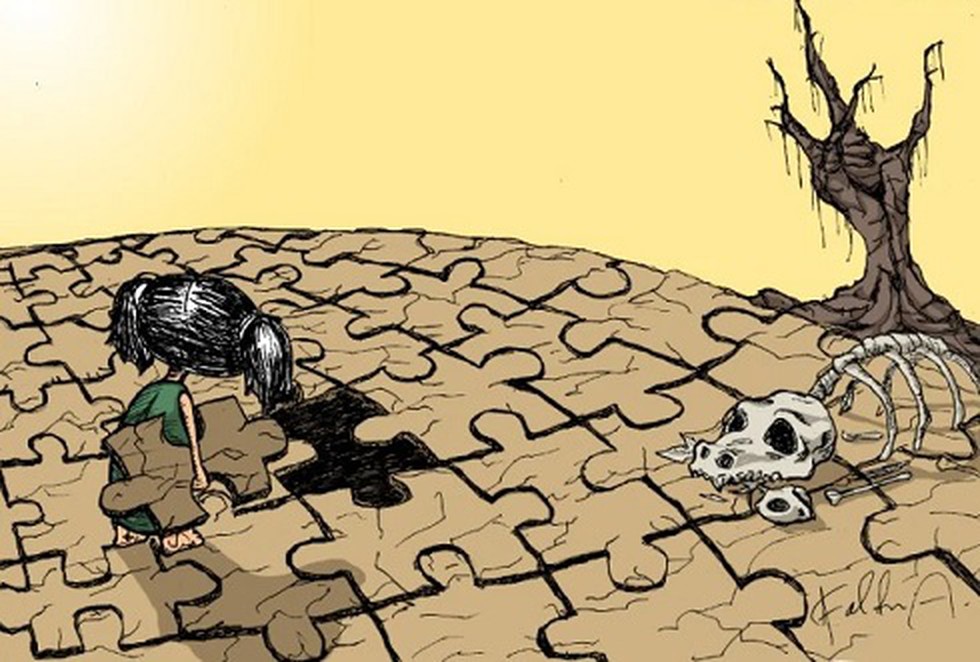
About:
- COP 14 to UNCCD ended with a commitment to achieve Land Degradation Neutrality (LDN) by 2030. Such neutrality is defined by the UN as ensuring that enough land is available across the world to ensure a sustainable future.
- The Delhi Declaration is a statement of global action by each country on how to achieve Land Degradation Neutrality.
- Prakash Javadekar, India’s Minister for Environment also promised to provide effective leadership to the UNCCD during his two-year presidency.
Delhi Declaration COP 14: Key Points
- Promote projects to prevent land degradation, drought and erosion at local, national and regional levels.
- Create green jobs by promoting technology and investment in collaboration with all stakeholders.
- Implement the UN Ecosystem Restoration (2021-2030) program on behalf of all countries.
- It take note of the launch of the Peace Forest Initiative and its potential contribution to increasing cooperation on land degradation neutrality.
- Encourage local governments to adopt integrated land use management and enhanced land governance to rehabilitate the natural resource base.
- COP-14 member countries appreciate India's efforts. PM Modi's efforts to achieve the major goal of land restoration and increase south-south cooperation were praised.
Prelims Pointers
Sept. 15, 2019

TICD (TRIFED’s Initiative to Combat Desertification):
- They finalized TRIFED DELHI Declaration on “The 4P1000 Initiative: The Tribal Perspective through Bamboonomics.”
- Under it, TRIFED will integrate its Pradhan Mantri Van Dhan Yojna (PMVDY) with this new global environmental intervention termed as TICD (TRIFED’s Initiative to Combat Desertification).
- TRIFED, by partnering with the German Cooperation (GIZ), will involve the tribal community for rehabilitating the degraded land while supplementing the income of tribal community.
- According to TRIFED, the 4P1000 Initiative with the tribal perspective through Bamboonomics is the best answer for combating desertification and rehabilitation of degraded wastelands.
4P1000?
- The 4P1000 Initiative: The international initiative “4per1000”, launched by France in 2015 at the COP 21, consists of federating all voluntary stakeholders of the public and private sectors under the framework of the Lima-Paris Action Plan (LPAP).
- The aim of the initiative is to demonstrate that an annual growth rate of 0.4% in the soil carbon stocks, in the first 30-40 cm of agricultural soil, would significantly reduce the CO2 concentration in the atmosphere related to human activities.
- The Executive Secretariat of the "4 per 1000" initiative is hosted by the CGIAR System Organization, an international organization based in Montpellier.
Prelims Pointers
Sept. 15, 2019

About:
- Maritime Connectivity will enable high-end support to those in sea by providing access to Voice, Data and Video services while traveling on sailing vessels, cruise liners, ships in India, using satellite technology.
- VSAT solutions provider ‘Nelco’, a Tata enterprise has become India’s first company to provide broadband services to the maritime sector.
- Satellite bandwidth has been provided on Indian Satellites by ISRO for providing In-flight and Maritime Communications (IFMC) service.
In-flight and Maritime Communications (IFMC)?
- In December 2018, the Government of India announced the licenses for In-flight and Maritime Communications (IFMC) that allows voice and internet services while flying over the Indian skies and sailing in Indian waters, both for international and Indian aircrafts and vessels.
- Only the authorized IFMC service provider, can provide wireless voice or data or both type of services on ships within Indian territorial waters and on aircraft within or above India or Indian territorial waters. Territorial waters are 12 nautical miles from baseline of the coast and beyond that is the Exclusive Economic Zone upto 200 nautical miles (1 nautical mile is 1.852 Kms.).
- The IFMC license is a key initiative of the Telecom Ministry, a move to liberalise satellite communication services in India.
Prelims Pointers
Sept. 15, 2019
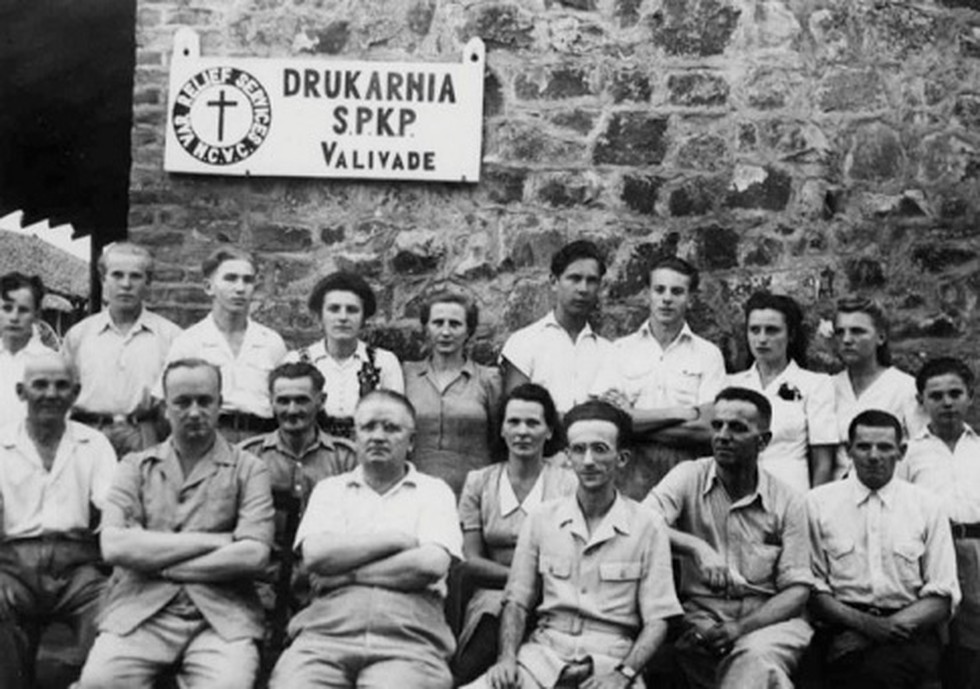
About:
- Valivade village (in Kolhapur district, Maharashtra), was once home to 10,000 Polish refugees after World War II between 1943-1947.
- When Poland was caught between Adolf Hitler’s Germany and Josef Stalin’s Russia during the Second World War, the then Chhatrapati Shahu Maharaj had given them shelter where they stayed till 1948.
- A permanent museum dedicated to the memory of the 5,000 Polish people who lived in the Valivade camp will come up within a year.
- Valivade is one of only two places in India that had Polish refugees — the other being Jamnagar which housed 5,000 Poles.
Prelims Pointers
Sept. 15, 2019
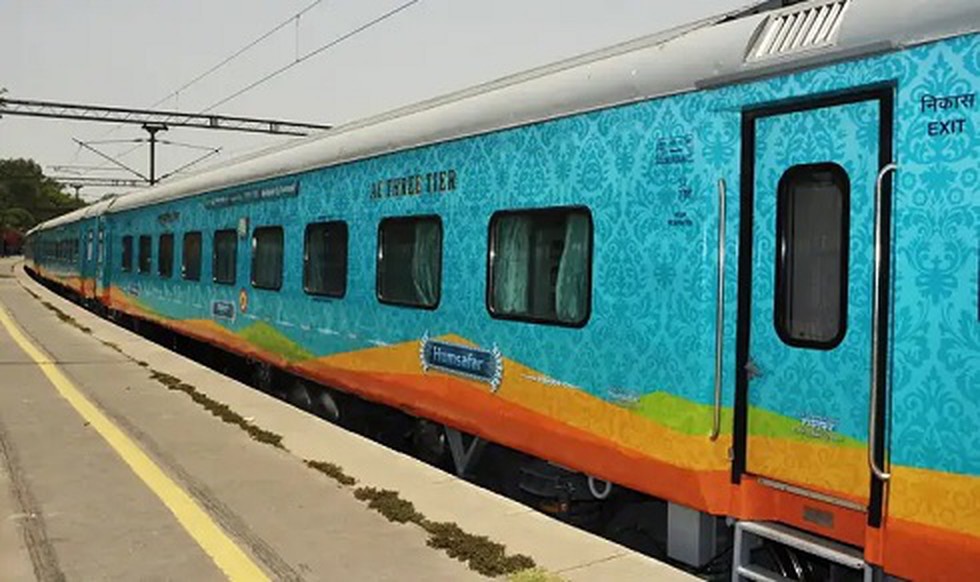
Key decisions made:
- Firstly, the existing variable fare system of the Humsafar class of trains has been done away with which means these trains will now have only ‘fixed’ fare system.
- Secondly, the base fare of Humsafar trains will be 1.15 times of the base fare of Mail/Express Trains and not “Superfast” Mail/Express Trains which will lead to reduction in the base fare.
- Thirdly, the Tatkal charges in Humsafar have also been reduced from existing 1.5 times of Humsafar base fare to approximately 1.3 times of Humsafar base fare.
- Fourthly, Sleeper class coaches will also be attached in addition to existing only 3AC class coaches as per the requirement and as per the decision of the Zonal Railways.
Humsafar Express trains was first launched in 2016 between Gorakhpur and Anand Vihar stations. This series of train is made up entirely of AC-3 coaches and has a host of premium features for the passengers travelling in it.
Prelims Pointers
Sept. 15, 2019

About:
- Government has reviewed the Adverse List containing 314 foreign nationals belonging to Sikh community and brought it down to just two.
- This review will afford an opportunity to such Sikh foreign nationals to visit India, meet their family members and reconnect to their roots.
- In future, Sikhs mentioned in the list could eventually apply for registration as Overseas Citizens of India (OCI) after they have applied for and held normal visa for a period of two years.
- Central government has also discontinued the practice of maintenance of local adverse lists by the respective Indian missions in various countries. All Indian missions have been advised to grant appropriate visa to all asylees whose names do not figure in the Central Adverse List.
Background:
- During 1980s, when Sikh militancy was at its peak, many Sikh Indian nationals and foreign nationals belonging to Sikh community fell to anti-India propaganda.
- Some Sikh Indian nationals fled India to escape Indian authorities, became foreign nationals and took asylum outside India. They were placed in the adverse list till 2016, making them ineligible to avail visa services to visit India.
- The list prepared by the intelligence agencies was available with all Indian missions and was a major roadblock for persons seeking visas even for their family members who were not on the list.
Prelims Pointers
Sept. 15, 2019

About:
- The new web portal, named the Jan Soochna Portal-2019, would ensure compliance with Section 4(2) of the RTI Act mandating the public authorities to disclose information in the public domain, so that the people need not file applications under the law to obtain information.
- The portal promises to provide information about government authorities and departments suo motu to the public in the true spirit of the Right To Information Act. It will initially give information pertaining to 13 departments.
- The Rajasthan State government collaborated with the civil society groups to develop the portal.
- The portal has brought yet another distinction to Rajasthan, where the RTI movement had started in 1990s.
Section 4 of the right to information (RTI) Act deals with proactive disclosure of information.
Prelims Pointers
Sept. 15, 2019
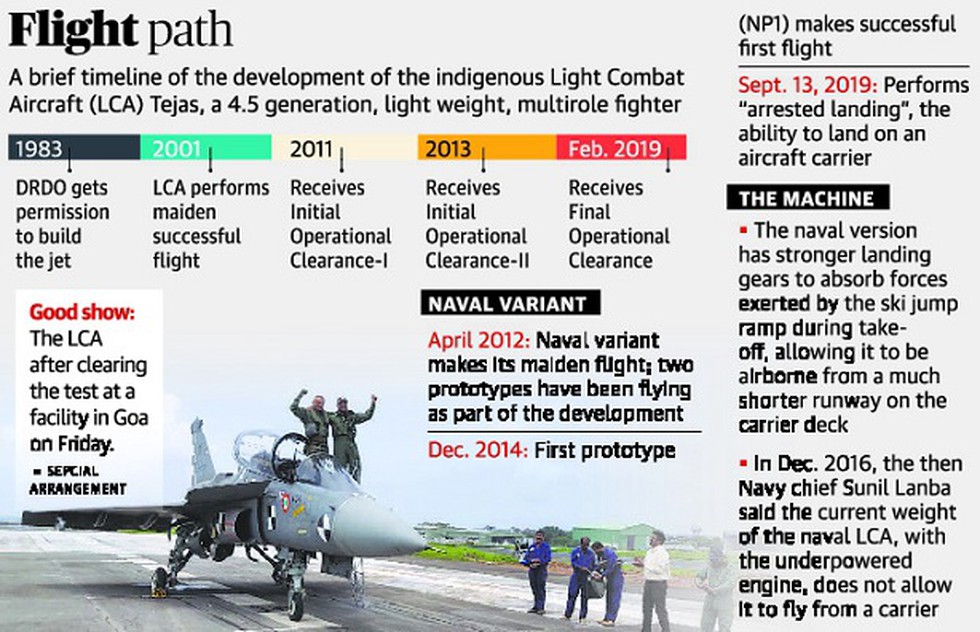
About:
- The naval LCA made its maiden flight in April 2012 and two prototypes have been flying as part of the development. The first Naval Prototype (NP)-1 made a successful first flight from the SBTF in 2014.
- The naval LCA is designed with stronger landing gears to absorb forces exerted by the ski jump ramp during take-off, to be airborne within 200m and land within 100m, as against 1,000m required for normal runways.
- In December 2016, then Navy Chief Adm Sunil Lanba stated that the LCA in the present form “does not meet the carrier capability which is required by the Navy” but added that they would continue to support the development programme.
- Arrested landing means to rapidly decelerate an aircraft as it lands.
- The Shore Based Test Facility (SBTF), which replicates the flight deck of an aircraft carrier is specifically built to train naval pilots in the complex manoeuvres of landing on the short flight deck of an aircraft carrier before they move on to the actual carrier. INS Hansa, Goa is the only SBTF (shore-based test facility) in the country.

